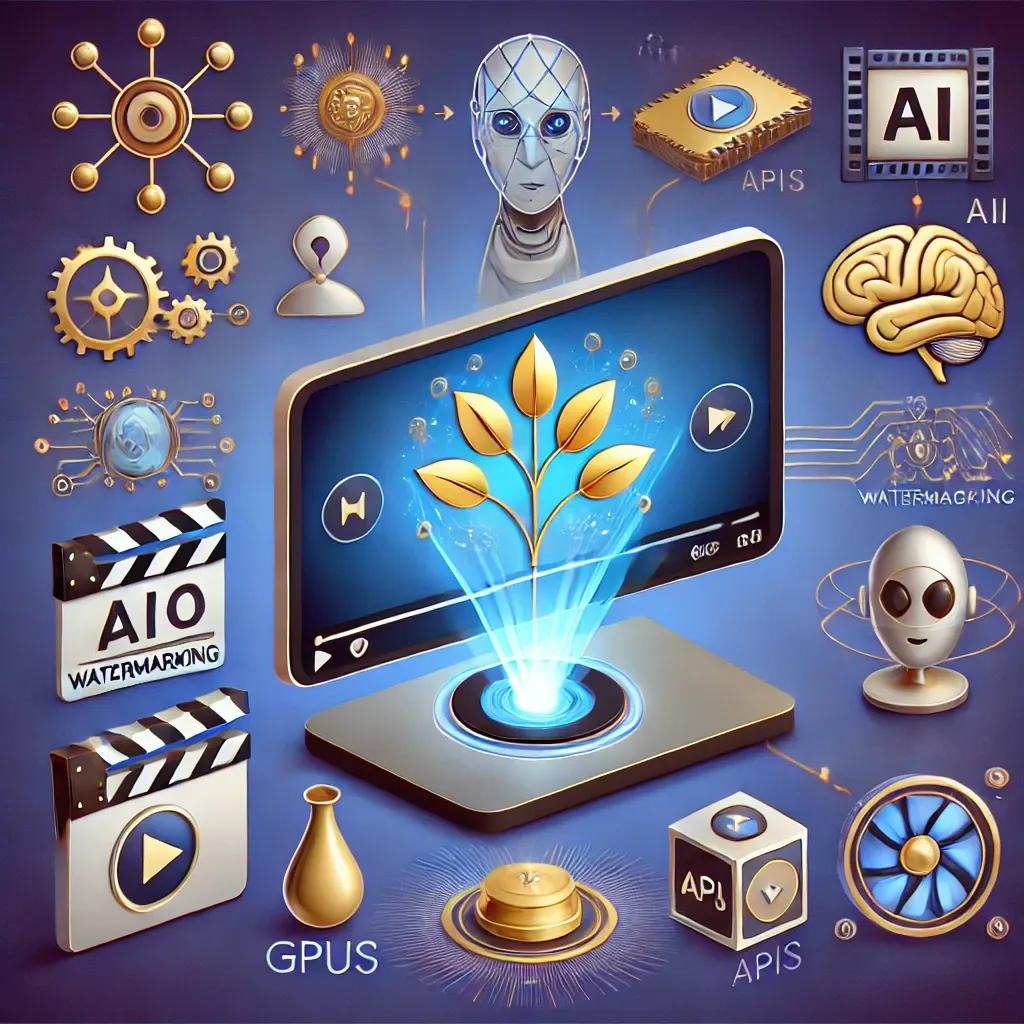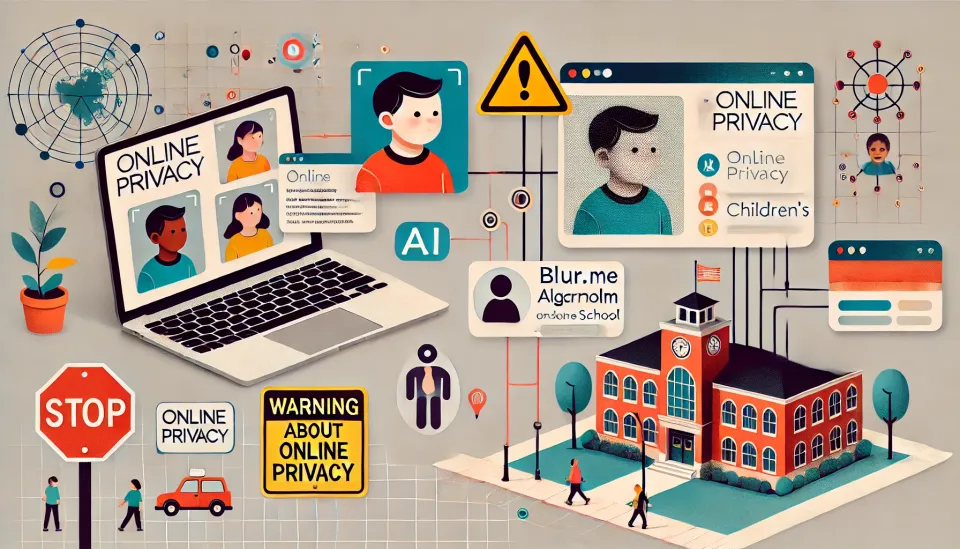The Case for DRM-Free MP4 Downloads Enhanced by Video Inpainting Watermarking Technology
Discover the future of digital rights management with AI-powered watermarking. This technology subtly alters video elements, ensuring DRM-free downloads while making bootlegs traceable and protecting copyright without compromising user experience.

In the digital age, the consumption of media has evolved dramatically. However, with the convenience of digital distribution comes the perennial challenge of copyright infringement. Traditional Digital Rights Management (DRM) systems have often been criticized for being cumbersome and intrusive, leading to a poor user experience. A compelling alternative is to offer DRM-free MP4 downloads enhanced with AI-powered watermarking technology. This innovative approach not only preserves user experience but also provides robust mechanisms for tracing and enforcing copyright.
The Concept: AI-Powered Watermarking
The proposed system leverages artificial intelligence to introduce subtle, non-intrusive changes in the video content that act as unique watermarks. For example, an AI might alter a silver vase to gold at a specific timestamp (e.g., 28 minutes into the movie). These changes are so minor that they go unnoticed by the viewer, ensuring the original quality and experience of the video remain intact.
The watermarking process involves two main AI technologies:
- Video Inpainting: This technique seamlessly modifies selected objects within the video without leaving visible traces of alteration.
- Object Recognition: AI analyzes and identifies various elements within the video, enabling precise modifications that can be uniquely assigned to each distributed copy.
By altering multiple elements throughout the video, the watermarking system creates a unique signature for each copy, making it possible to trace the source of any unauthorized distribution.
How It Works
- Video Preparation: The distributor uses an API to send the video to the AI system.
- Watermark Application: The AI system scans the video, selects specific elements, and applies minor, visually indistinguishable changes.
- Distribution: The uniquely watermarked video is distributed to the purchaser, DRM-free.
- Tracking: In the event of a leak, a quick comparison of the bootlegged video with the original can reveal the unique changes, pinpointing the exact source.
This process is fully automated and leverages GPUs to handle the computational intensity of video inpainting and object recognition.
Importance for Copyright Enforcement
The ability to trace a video back to its source is crucial for effective copyright enforcement. Here’s why:
- Deterrence: Knowing that every copy is uniquely identifiable discourages unauthorized distribution.
- Accountability: When a bootlegged version surfaces, the watermark allows the copyright owner to identify the original purchaser, holding them accountable.
- Legal Action: Clear identification of the source strengthens legal cases against copyright violators.
- User Trust: Offering DRM-free content improves the user experience and builds trust, potentially reducing the inclination toward piracy.
Advantages of AI Watermarking over Traditional DRM
- Enhanced User Experience: DRM-free videos can be played on any device without restrictions, providing a seamless viewing experience.
- Undegradable Watermarking: AI watermarks survive re-encoding processes, ensuring traceability even in altered copies.
- Non-Intrusiveness: Unlike visible watermarks, AI modifications are undetectable during normal viewing, maintaining the video’s aesthetic integrity.
- Scalability: Automated processes allow easy scaling, suitable for large-scale distribution without significant overhead.
Conclusion
The integration of AI-powered watermarking technology offers a promising alternative to traditional DRM methods. By ensuring that each distributed copy of a video is uniquely identifiable, this system provides a robust mechanism for copyright enforcement without compromising user experience. In an era where digital consumption is paramount, this approach not only protects intellectual property but also respects and enhances the viewer’s engagement with the content.




